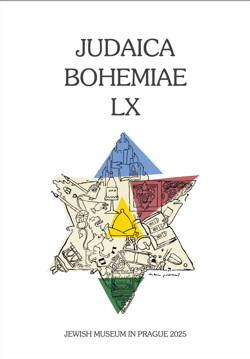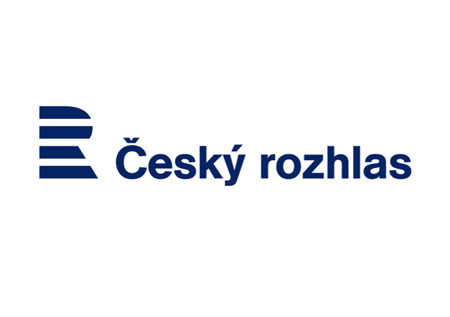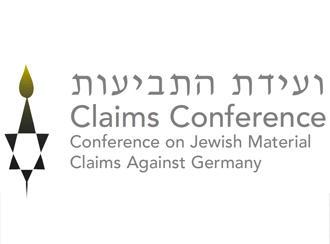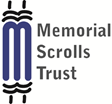Welcome to the Jewish Museum in Prague!
The Jewish Museum in Prague is the third oldest of its kind in the world – not a single building, but a remarkable ensemble of
historic synagogues, monuments, and exhibitions located in the former Jewish Quarter, Josefov, in Prague’s Old Town.
With the Prague Jewish Town Ticket, visitors gain access to the most iconic sites of Jewish history and culture, including:
-> Old-New Synagogue – the oldest active synagogue in Europe.
-> Old Jewish Cemetery – one of the most evocative historic burial sites in the world
-> Spanish Synagogue – a stunning example of Moorish Revival architecture
Whether you’re a history enthusiast, architecture lover, or curious traveler, this immersive experience offers a profound
connection to centuries of Jewish life, resilience, and tradition.

10 Guided Tours in Prague You Shouldn’t Miss
Prague, December 11 - Prague is a city best discovered step by step — or, at times, from the quiet surface of the Vltava River. Its squares, alleys, bridges, and riverbanks hold centuries of history, each layer brought to life by an expert guide. For visitors drawn to the past — to architecture, Jewish heritage, royal traditions, or the city’s hidden historical corners — these ten guided tours offer some of the most insightful ways to experience the Czech capital.

ANNIVERSARY EDITION OF JUDAICA BOHEMIAE LX OUT NOW
Prague, December 5, 2025 - The anniversary edition of the journal Judaica Bohemiae, Volume LX (2025) is now available. For sixty years, Judaica Bohemiae has been dedicated to publishing original scholarly research on the history and culture of Jews in the Bohemian Lands and elsewhere in the former Habsburg Monarchy, making these studies accessible to both local and international readers, primarily in English.



![[design/2013/Twitter.png]](https://c.jewishmuseum.cz/images/design/2013/Twitter.png)
![[design/2013/Instagram.png]](https://c.jewishmuseum.cz/images/design/2013/Instagram.png)

![[homepage-banner/incident.jpeg]](https://c.jewishmuseum.cz/images/homepage-banner/incident.jpeg)



















